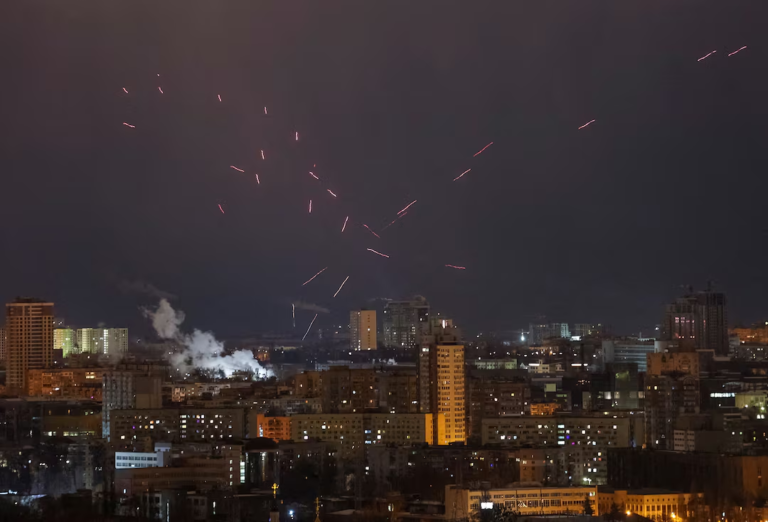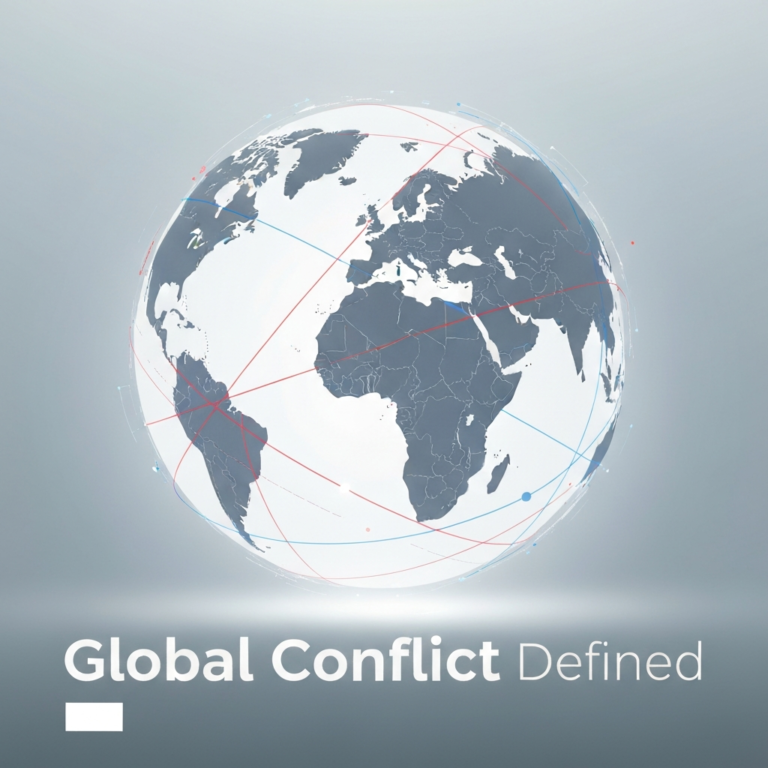
How Many Warplanes Did China Deploy to Punish Taiwan?
China’s military drills are all over the news again, and this time, the numbers are shocking. Recently, Beijing sent a record number of warplanes near Taiwan’s airspace as part of large-scale military drills, and the sheer size of the deployment is causing some serious tension. So, how many warplanes did they send? A staggering 125 warplanes were involved in this operation, and that’s a number we haven’t seen before. These exercises are being labeled as “punishment” for Taiwan, specifically targeting President William Lai’s recent remarks, where he reaffirmed Taiwan’s determination to remain independent from Chinese rule.
Read More : Can You Travel to Taiwan Safely Amid Growing Military Tensions?
Why Is China Punishing Taiwan?
Let’s break down what’s really happening here. China isn’t just flexing its muscles for no reason. This latest military show of force comes after Taiwan’s president made bold statements rejecting China’s claims over the island. Sending over 100 warplanes isn’t just a symbolic gesture; it’s a serious message. But why such a huge number?
It’s all about intimidation. China wants Taiwan—and the world—to know it’s not backing down on its goal of “reunification” with Taiwan, even if it means using force. The large number of warplanes surrounding Taiwan sends a loud, unmistakable message: Taiwan’s defiance won’t be tolerated. However, this aggressive approach also risks provoking stronger international reactions, especially from the United States, Taiwan’s unofficial ally. Critics argue that China’s actions, while dramatic, may backfire by pushing Taiwan further toward Western alliances.
Taiwan’s Response: Calm but Prepared
Despite the record number of Chinese warplanes, Taiwan’s government has remained relatively calm. Their defense forces tracked the Chinese aircraft but have refrained from any aggressive action in response. They’ve dealt with similar drills before, but this time it’s on another level. By sending 125 warplanes, China seems to be trying to gauge Taiwan’s response or even exhaust their defenses over time.
However, Taiwan’s message is clear: they aren’t backing down either. President Lai and other Taiwanese officials have doubled down on their stance, emphasizing that they will resist any attempt at annexation. This brings up the question: Is China’s strategy of constant military pressure really working, or is it solidifying Taiwan’s resolve?
What Does This Mean for the Region?
China’s increased military presence in Taiwan’s air defense zone is not just a local issue; it’s raising concerns across the region. With tensions already high in the Taiwan Strait, sending this many warplanes so close to Taiwanese airspace is seen as a potential precursor to more serious actions. International observers are worried this could destabilize not just Taiwan, but the entire Asia-Pacific region.
What’s even more unsettling is how often these drills are happening. It’s not just a one-time thing. China has repeatedly ramped up its military exercises, especially after diplomatic or political statements from Taiwan that challenge Beijing’s authority. Many wonder if these warplane drills are part of a larger strategy that will eventually lead to a full-scale blockade or even invasion.
The Bigger Picture
It’s easy to get caught up in the numbers—125 warplanes is a lot—but the bigger issue here is China’s escalating aggression. It’s not just Taiwan that needs to worry. If Beijing’s military continues to grow bolder, it could start to shift the power dynamics across the entire region. Countries like Japan, South Korea, and even the U.S. are watching these developments closely.
So, what’s next? If China continues this trajectory, the risk of a larger military conflict becomes more real. And while Taiwan remains firm in its independence, only time will tell how long the island can stand strong in the face of mounting pressure.





